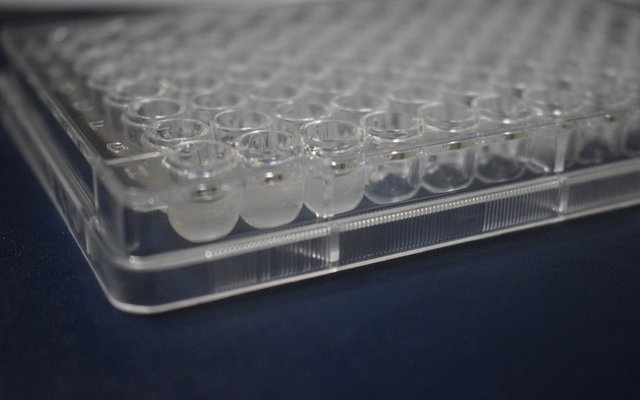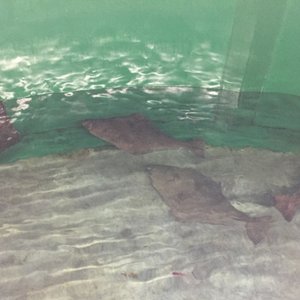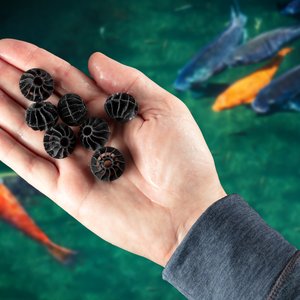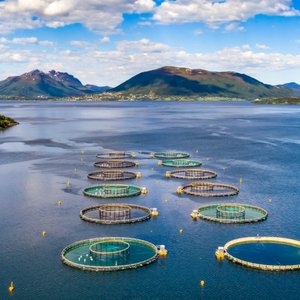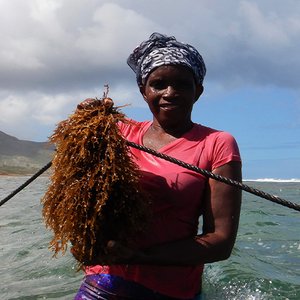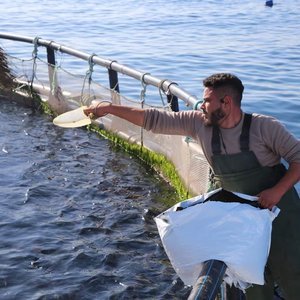A recent study by researchers from the Chilean Interdisciplinary Center for Aquaculture Research (INCAR) found that tiamulin, an antimicrobial exclusively for veterinary use and classified as “less important” by the World Health Organization, is a viable alternative to florfenicol, the most widely used antimicrobial in the control of pathologies of salmonids, including the treatment against tenacibaculosis caused by Tenacibaculum dicetrarchi, the third most important bacterial infection in salmon farming in Chile.
“The study is based on the fact that the minimum inhibitory concentrations (MIC) values for florfenicol of the isolates of T. dicharchi in a previous study were set at 2 μg/mL, which is a fairly high concentration and it is necessary to have alternatives when the isolates start to decrease susceptibility to this antimicrobial. Therefore, we decided to study tiamulin because it is exclusively for veterinary medical use and because we knew from previous studies of its good results against T. dicentrarchi,” said researcher Ruben Avendaño-Herrera.
“Our in vitro results suggest that tiamulin is a viable alternative to florfenicol because tiamulin requires comparatively lower concentrations to inhibit T. dicentrarchi. Furthermore, considering pharmacokinetic/pharmacodynamic aspects, less tiamulin would be required in feed to control tenacibaculosis outbreaks,” researchers explained.
In Chile, tiamulin is registered for its administration in pigs, broilers, turkeys and poultry. Researchers recommend pharmaceutical companies register tiamulin for salmonids and provide alternative antimicrobial treatments for the salmonid industry.
“The idea of this research is not to promote the use of antimicrobials, but to have alternatives and the use of these compounds should always be considering the MIC values of the isolates that are causing the infections,” concluded Avendaño-Herrera.
Check out the study here.


